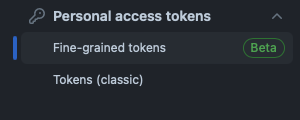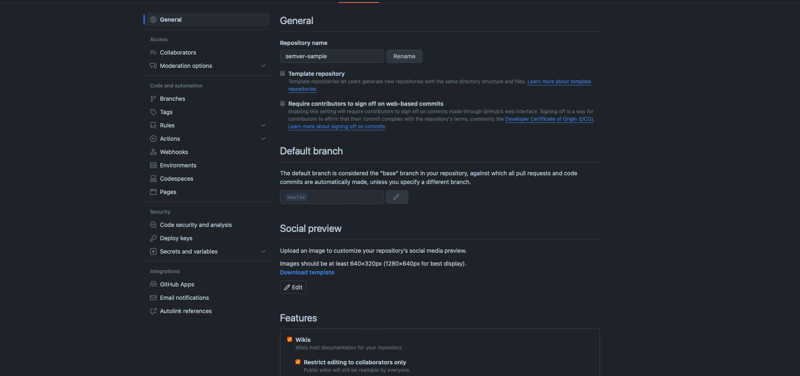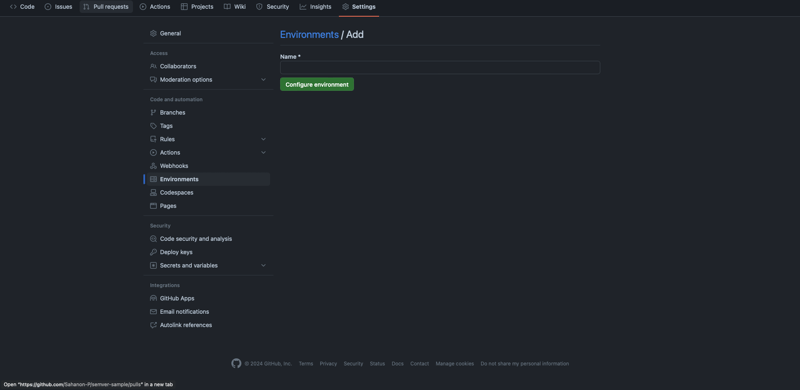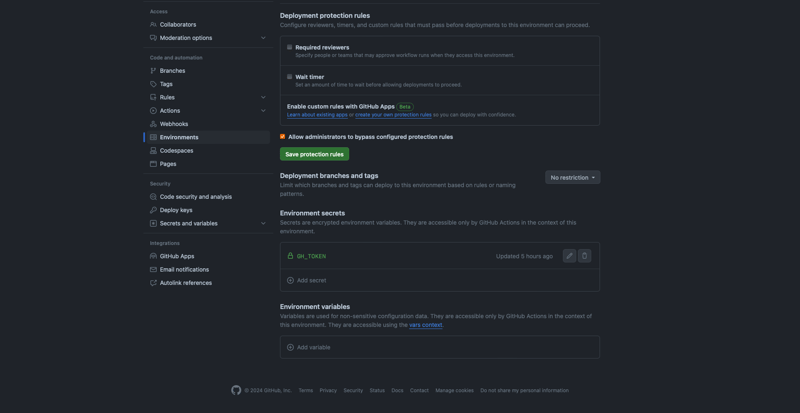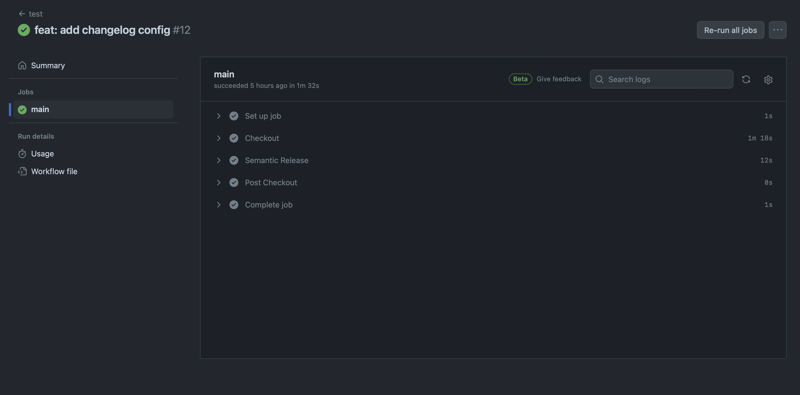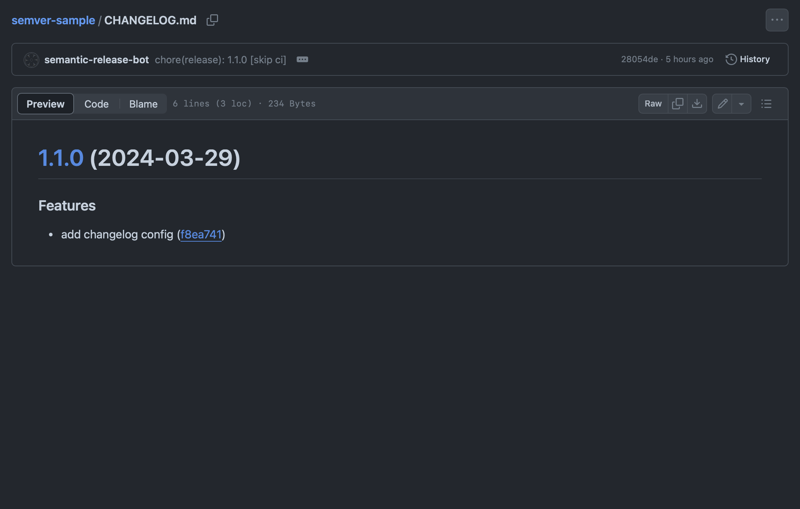An Interest In:
Web News this Week
- April 29, 2024
- April 28, 2024
- April 27, 2024
- April 26, 2024
- April 25, 2024
- April 24, 2024
- April 23, 2024
How to setup semantic release with GitHub Actions.
Recently, My coworker is using Nx to automate his workflow, including automated release using semantic version. I found this method quite useful, so I want to re-implement on single GitHub repositories (without Nx).
First Step: Create GitHub's Personal Access Token
You can follow this link on how to create Personal Access Token.
You can choose Fine-grained tokens as you can scope specific repositories. (Or Token (Classic))
Make sure that you grant repository permission to token. For my configuration I use:
Read Access
- variables
- environments
- metadata (default)
- secrets
Read/Write Access
- code
- commit statuses
- issue
- pull requests
- workflows
I might grant unnecessary permission, so feel free to correct me.
Second Step: Setup GitHub token in repository's environment
2.Select Environments
3.Create Environment
4.Create Environment Secret
I use
GH_TOKENto representGITHUB_TOKEN(GitHub not allows naming variables with prefix "GITHUB").
Third Step: Setup workflows
I use this package -> Action for Semantic Release to setup my workflow.
Use this script to create workflow
name: teston: push: branches: # Change this if your primary branch is not main - master - devjobs: main: runs-on: ubuntu-latest environment: name: Semver #your environment name steps: - name: Checkout uses: actions/checkout@v4 with: persist-credentials: false - name: Semantic Release uses: cycjimmy/semantic-release-action@v4 env: GH_TOKEN: ${{ secrets.GH_TOKEN }}In this code snippets, it's meant to
- setup environment
- perform semantic release
Fourth Step: Create .releaserc
This will be semantic-release configuration file for
- create release tag
- create change log
- define commit message convention -> conventionalcommits
Create .releaserc in your project.
{ "branches": [ "master", "dev" ], "plugins": [ "@semantic-release/commit-analyzer", "@semantic-release/release-notes-generator", [ "@semantic-release/changelog", { "changelogFile": "CHANGELOG.md" } ], [ "@semantic-release/git", { "assets": [ "CHANGELOG.md" ] } ], "@semantic-release/github" ]}Final Step: Add, Commit and Push
This step will be the byproduct of your work so far.
Once you commit your code with message convention, for example, feat: add some features, it will trigger the semantic-release. Default convention message with angular preset included:
fix-> bug fixes: patch releasefeat-> feature: minor releasebreaking change-> break change: major release
Once you push your code it will run GitHub Action and release your project.
Then it will create Release and CHANGELOG.md in the project.
Conclusion
semantic-release can help you automate your versioning and release and really useful tracking and document change.
Feel free to comment or give feedbacks. I'm appreciate your time for reading .
Reference
https://www.conventionalcommits.org/en/v1.0.0/
https://github.com/marketplace/actions/action-for-semantic-release
Or my sample repository -> https://github.com/Sahanon-P/semver-sample
Original Link: https://dev.to/sahanonp/how-to-setup-semantic-release-with-github-actions-31f3
Dev To
 An online community for sharing and discovering great ideas, having debates, and making friends
An online community for sharing and discovering great ideas, having debates, and making friendsMore About this Source Visit Dev To


